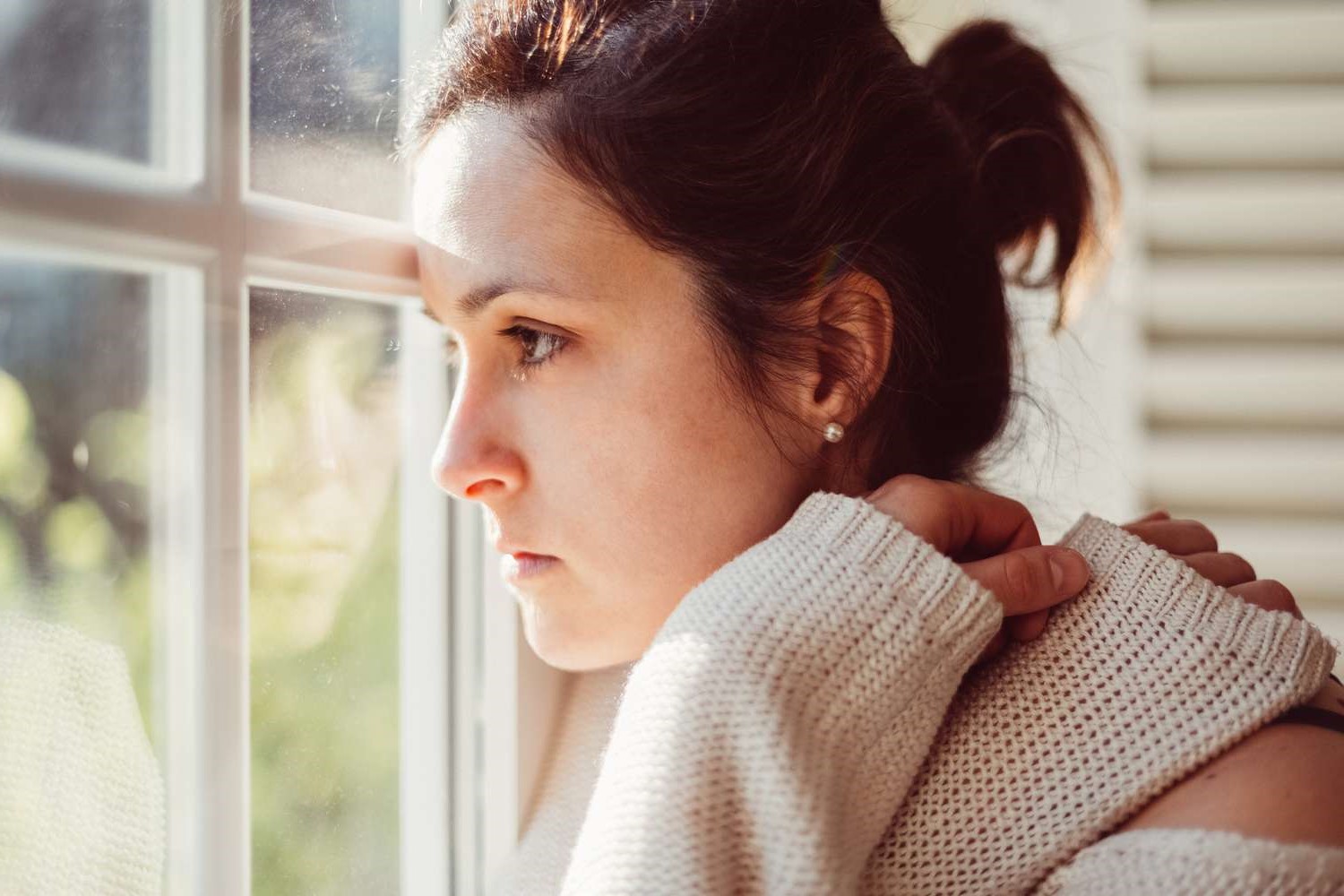
Agoraphobia is more than just a fear of open spaces. It’s a complex anxiety disorder that can make everyday activities feel impossible. Imagine feeling trapped in your own home, unable to step outside without overwhelming fear. This condition affects millions worldwide, yet many misunderstand it. Agoraphobia can lead to panic attacks, making sufferers avoid places where they feel unsafe or unable to escape. Understanding this disorder is crucial for empathy and support. In this post, we’ll share 15 facts about agoraphobia to help you grasp its impact and challenges. Whether you know someone with agoraphobia or want to learn more, these insights will be eye-opening.
What is Agoraphobia?
Agoraphobia is an anxiety disorder where individuals fear and avoid places or situations that might cause panic, helplessness, or embarrassment. This condition can significantly impact daily life.
-
Agoraphobia affects about 1.7% of adolescents and adults in the United States. This statistic highlights the prevalence of the disorder, showing it’s more common than many might think.
-
Women are twice as likely to develop agoraphobia as men. Hormonal differences and social factors might contribute to this disparity.
-
Agoraphobia often starts in late adolescence or early adulthood. Most cases begin before the age of 35, though it can develop at any age.
Symptoms of Agoraphobia
Recognizing the symptoms is crucial for understanding and managing agoraphobia. These symptoms can vary in severity.
-
Common symptoms include fear of leaving home alone, crowds, and open or enclosed spaces. These fears can lead to significant lifestyle restrictions.
-
Physical symptoms can include rapid heartbeat, sweating, and dizziness. These symptoms often mimic those of a panic attack, making the experience even more distressing.
-
People with agoraphobia might also experience gastrointestinal distress. Nausea and diarrhea can occur during episodes of intense anxiety.
Causes of Agoraphobia
Understanding the causes can help in addressing and treating the disorder. Multiple factors can contribute to its development.
-
Genetics play a role in agoraphobia. If a close family member has the disorder, the risk increases.
-
Traumatic events can trigger agoraphobia. Experiences such as the death of a loved one or a serious accident can lead to the onset of symptoms.
-
Agoraphobia can develop after experiencing panic attacks. The fear of having another panic attack in a public place can lead to avoidance behaviors.
Treatment Options for Agoraphobia
Effective treatments are available that can help manage and reduce symptoms. These treatments often involve a combination of approaches.
-
Cognitive-behavioral therapy (CBT) is a common treatment for agoraphobia. CBT helps individuals change their thought patterns and behaviors related to anxiety.
-
Medications such as antidepressants and anti-anxiety drugs can be prescribed. These medications can help manage symptoms and improve quality of life.
-
Exposure therapy is another effective treatment. Gradual exposure to feared situations can help reduce anxiety over time.
Living with Agoraphobia
Living with agoraphobia can be challenging, but with the right strategies, individuals can lead fulfilling lives.
-
Support groups can provide valuable assistance. Connecting with others who understand the experience can offer emotional support and practical advice.
-
Mindfulness and relaxation techniques can help manage anxiety. Practices such as meditation and deep breathing can reduce stress levels.
-
Developing a strong support network is crucial. Friends, family, and mental health professionals can provide the necessary support to navigate daily challenges.
Understanding Agoraphobia
Agoraphobia is more than just a fear of open spaces. It’s a complex anxiety disorder that can severely impact daily life. Knowing the facts helps in recognizing the signs and seeking appropriate treatment. Therapy, medication, and support from loved ones can make a significant difference.
Remember, agoraphobia affects people differently. Some might avoid crowded places, while others may fear leaving home altogether. Early intervention is key to managing symptoms effectively. If you or someone you know struggles with agoraphobia, don’t hesitate to seek professional help.
Education and empathy go a long way in supporting those with this condition. By spreading awareness, we can reduce stigma and encourage more people to get the help they need. Understanding agoraphobia is the first step toward creating a more compassionate and supportive environment for everyone.
Was this page helpful?
Our commitment to delivering trustworthy and engaging content is at the heart of what we do. Each fact on our site is contributed by real users like you, bringing a wealth of diverse insights and information. To ensure the highest standards of accuracy and reliability, our dedicated editors meticulously review each submission. This process guarantees that the facts we share are not only fascinating but also credible. Trust in our commitment to quality and authenticity as you explore and learn with us.


